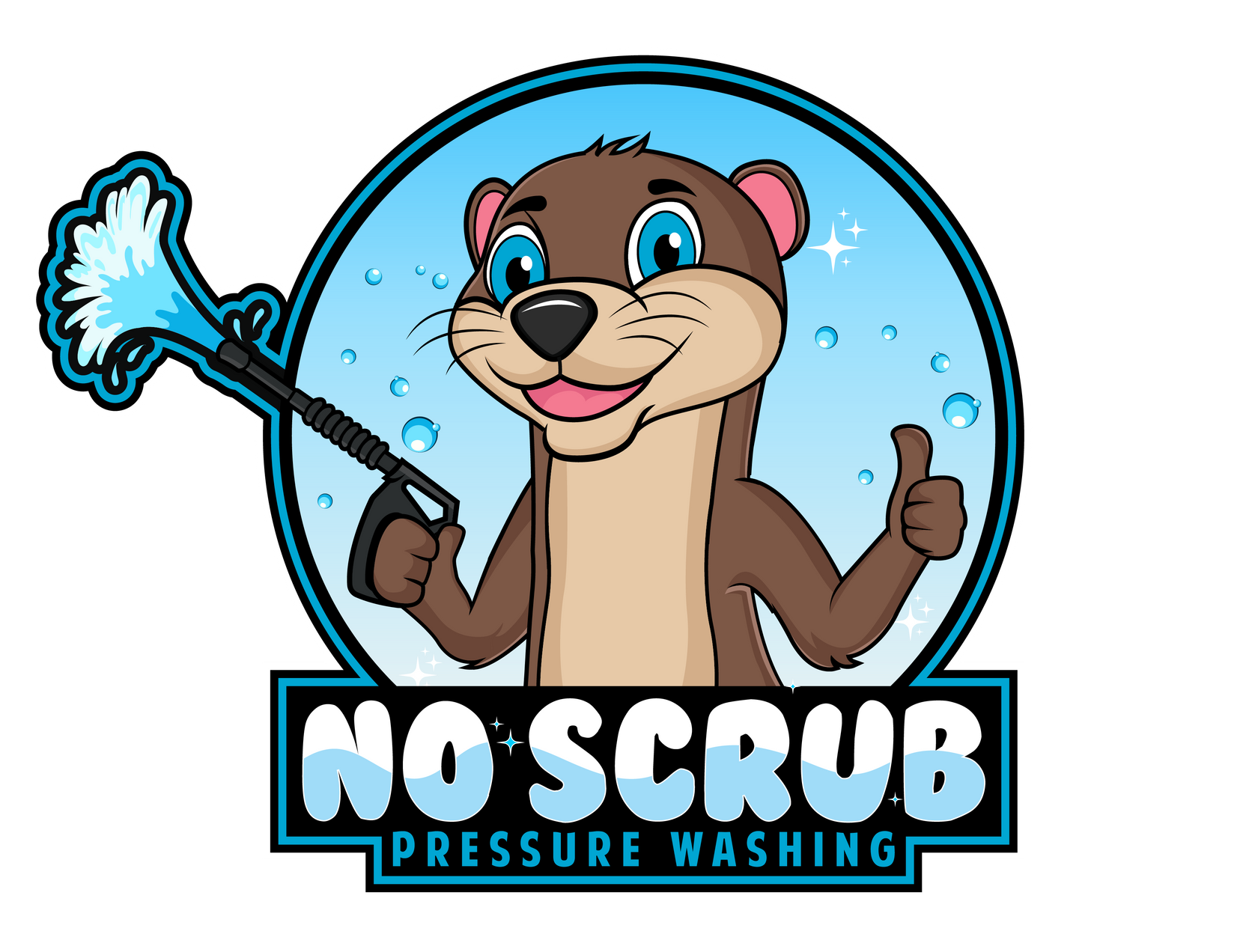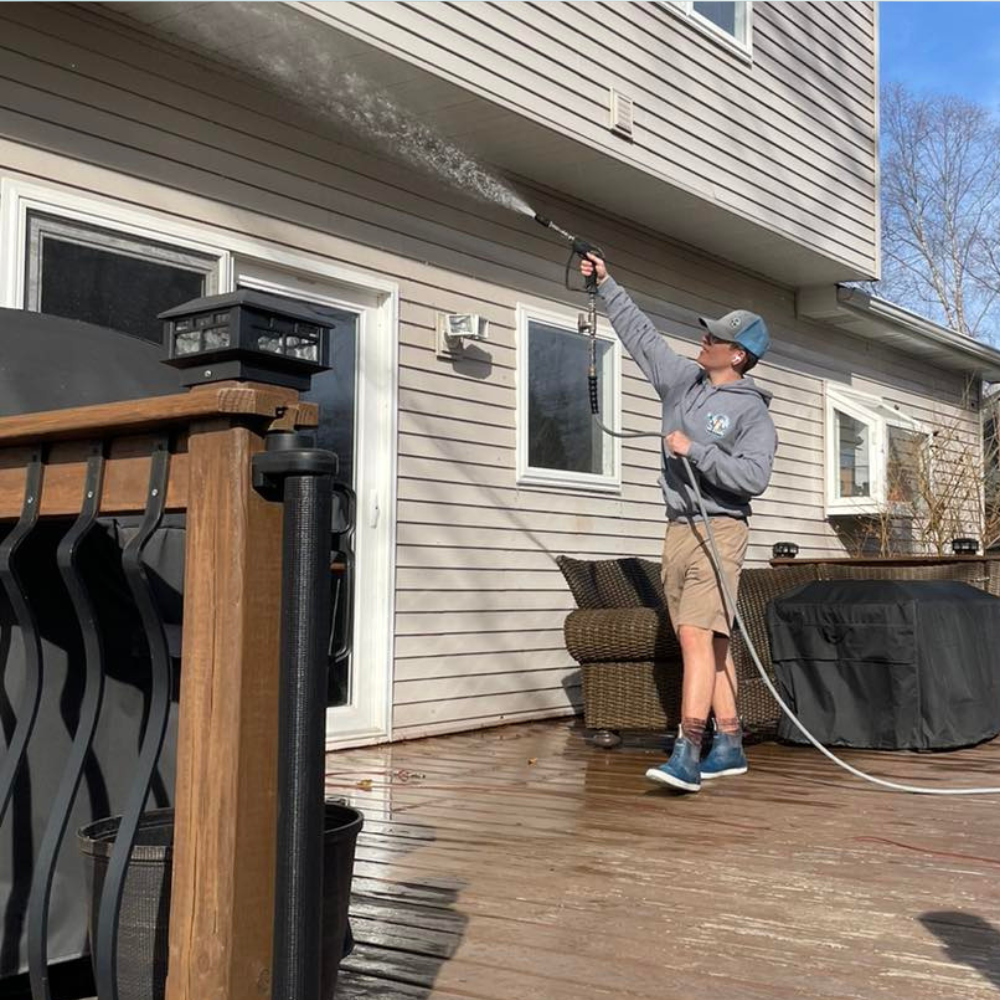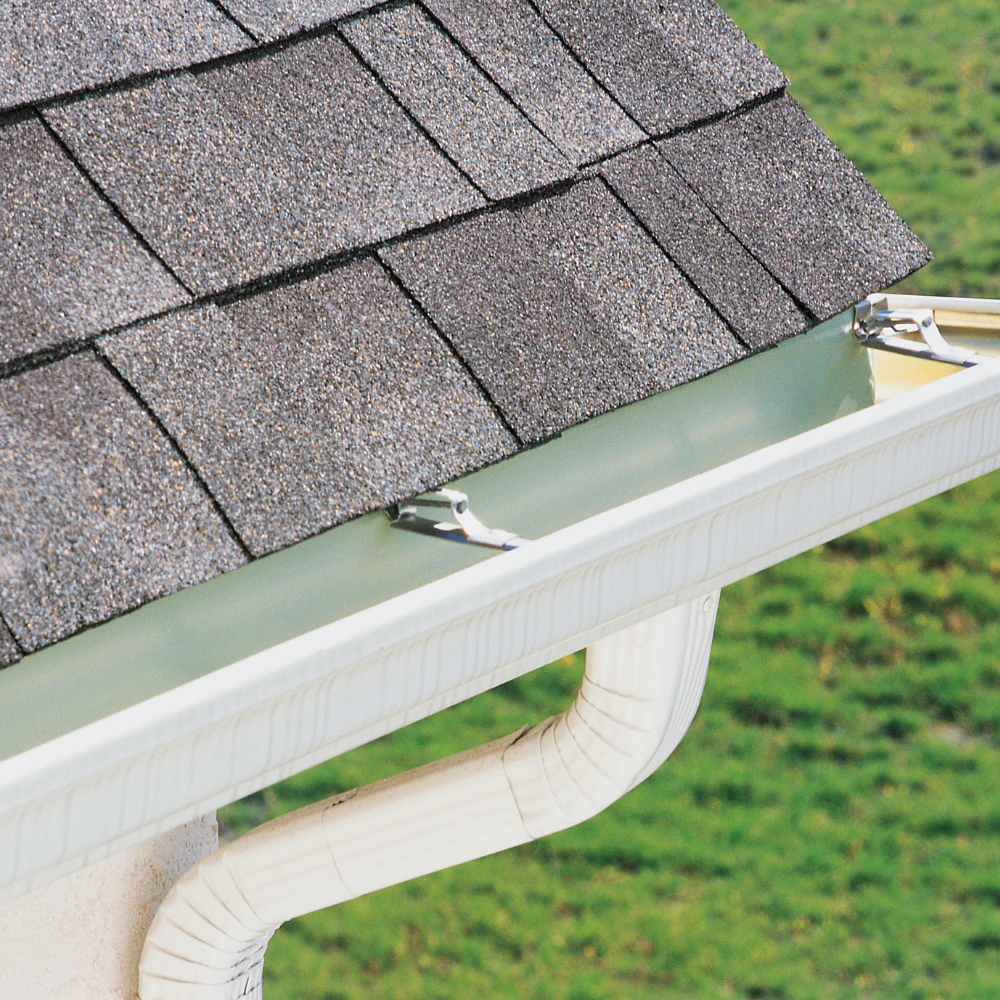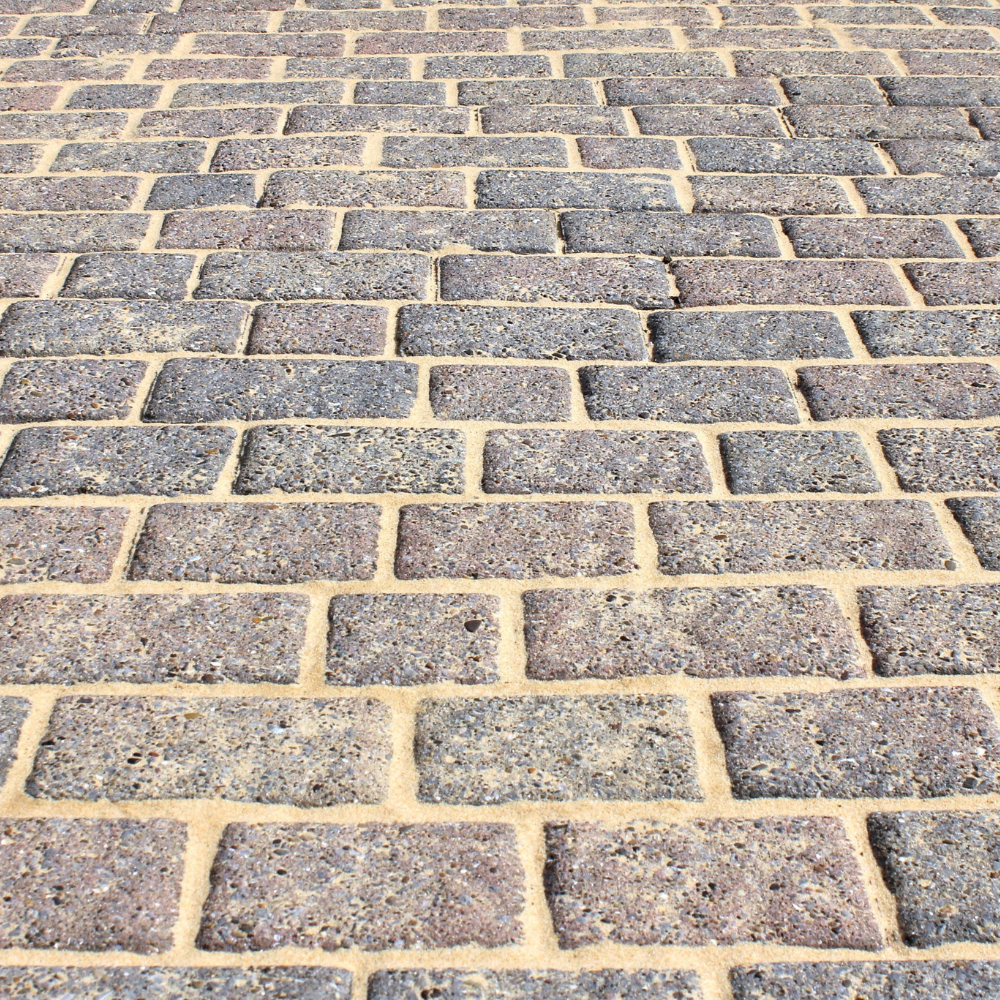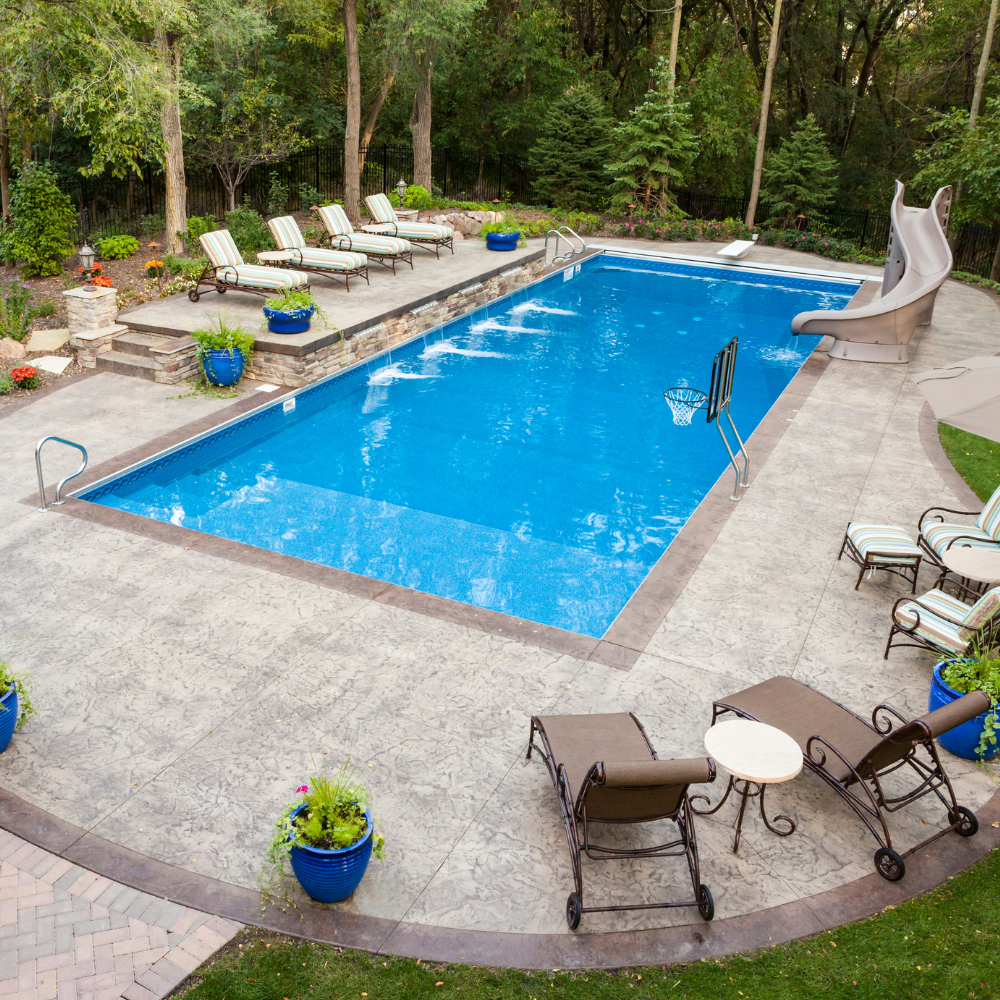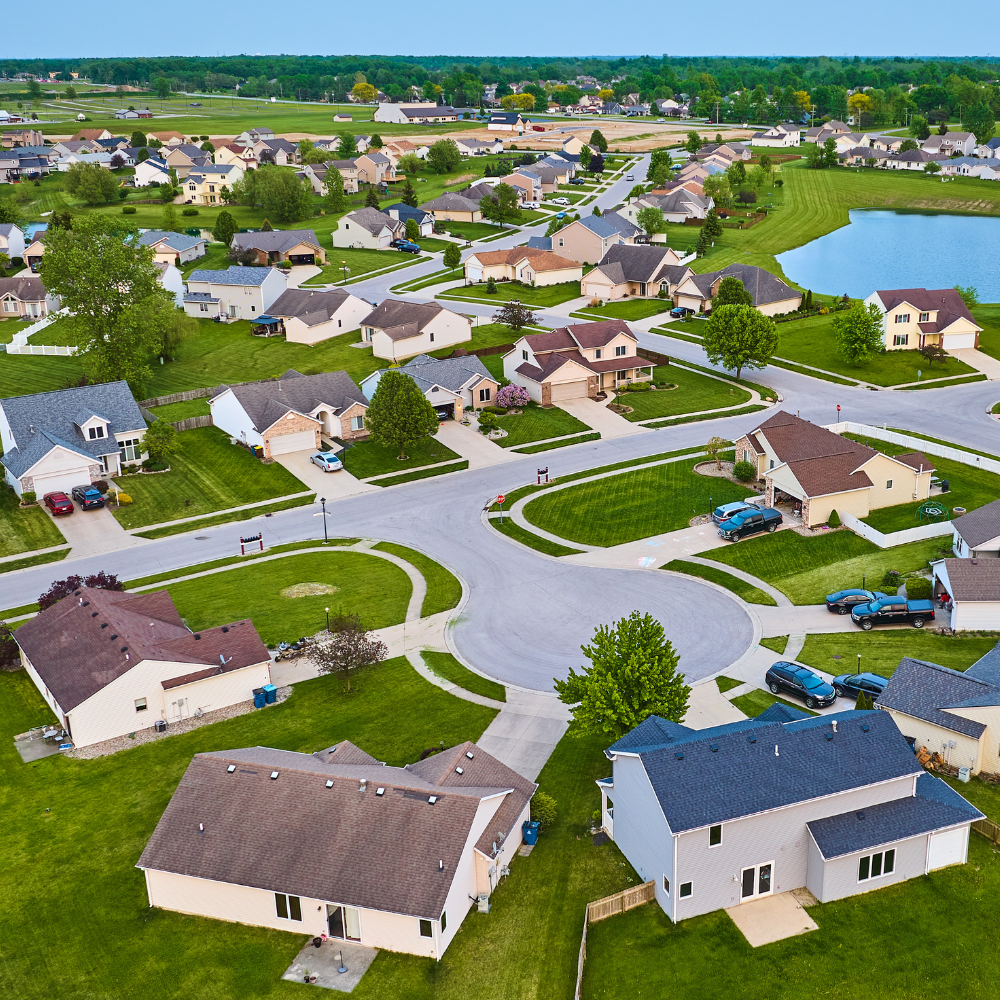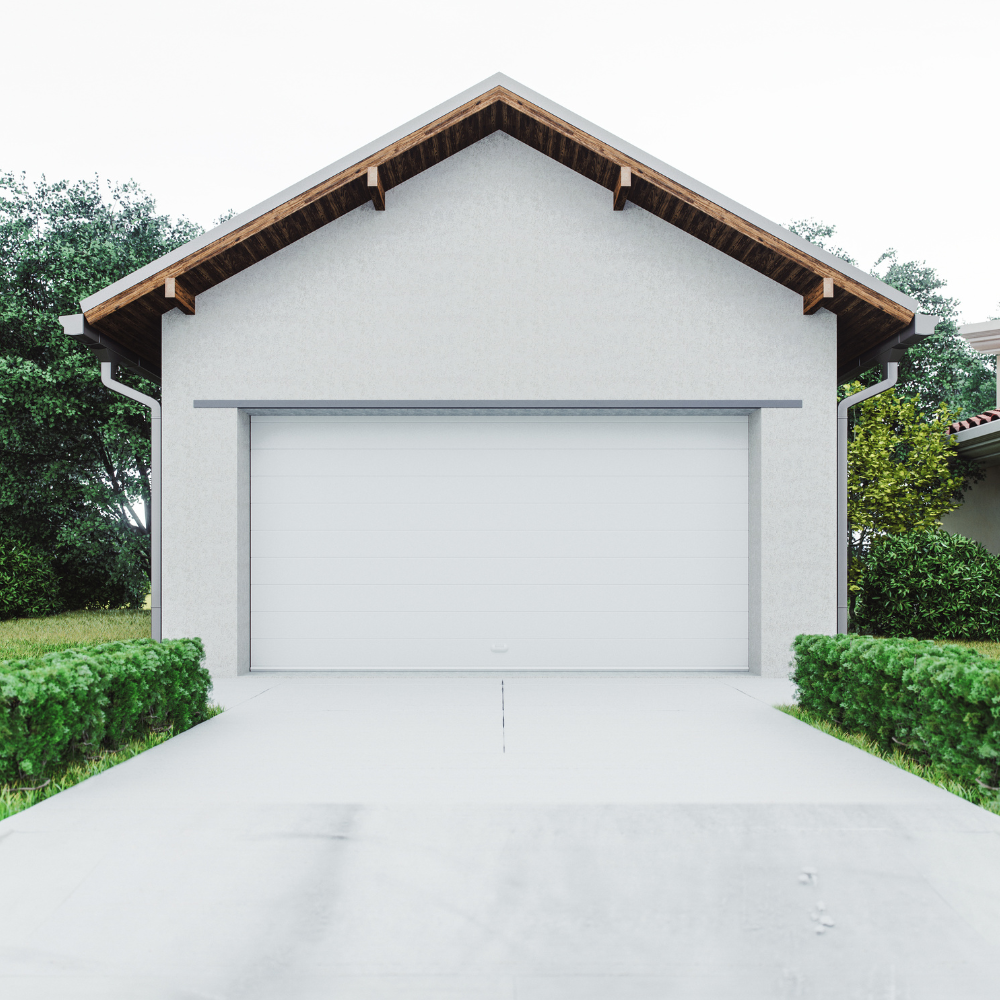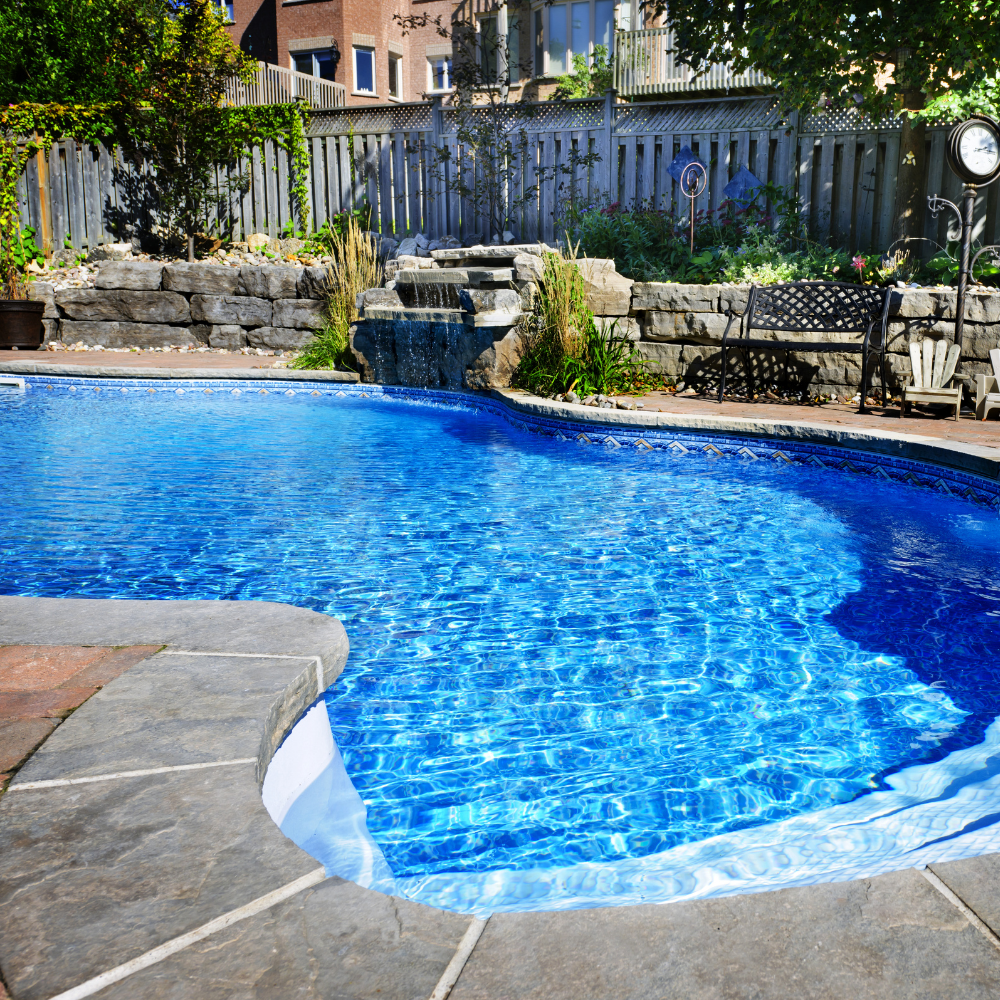Contact Us
219-776-4756
noscrubpressurewashing@gmail.com
How to Choose the Best Cleaner for Pressure Washing Vinyl Siding
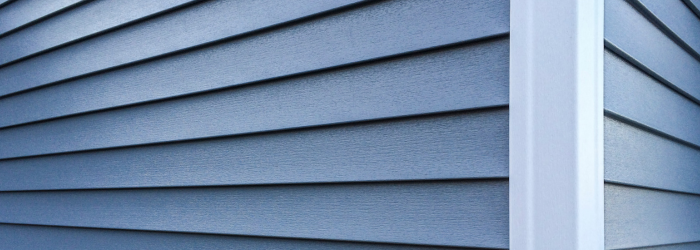
Keeping your vinyl siding spotless starts with knowing how to choose the best cleaner for pressure washing vinyl siding—and sometimes that means finding the right exterior cleaning company to handle the job. Vinyl siding is a low-maintenance, durable option for homes, but dirt, mildew, and algae can build up, dulling its appearance. Whether you’re pressure washing yourself or hiring pros, the cleaner you use makes all the difference. This guide dives deep into selecting the perfect cleaning solution and identifying top-tier exterior cleaning companies. With expert tips and practical insights, you’ll have a gleaming home exterior in no time. Let’s get started!
Why Choosing the Right Cleaner Matters
Vinyl siding enhances curb appeal, but it’s prone to grime that requires careful cleaning. Picking the best cleaner for pressure washing vinyl siding isn’t just about aesthetics—it’s about safety and longevity. Here’s why it’s critical:
- Effective Cleaning:
The right solution removes dirt and mold without extra effort.
- Protects Vinyl: Harsh chemicals can fade or warp siding—gentle cleaners keep it intact.
- Boosts Efficiency:
Paired with a pressure washer, a good cleaner saves time.
- Prevents Damage: Poor choices lead to costly repairs or replacements.
Hiring an exterior cleaning company with the right cleaner ensures professional results. Let’s explore what to look for.
Qualities of the Best Cleaner for Pressure Washing Vinyl Siding
Before hiring a company or buying a cleaner yourself, understand these must-have features:
- Mold and Mildew Resistance: Look for ingredients like sodium hypochlorite or quaternary ammonia.
- Pressure Washer Safe: Compatible with 1,500-2,500 PSI settings for vinyl.
- Eco-Friendly: Non-toxic options protect your yard and pets.
- Streak-Free Finish: Rinse-clean formulas leave no residue.
A cleaner with these traits ensures a thorough, safe wash. Top exterior cleaning companies prioritize these qualities—keep them in mind as you choose.
Top Cleaners for Pressure Washing Vinyl Siding
If you’re DIY-ing or vetting a company’s products, here are standout cleaners pros often use:
1. Simple Green Oxy Solve
- Why It’s Top: Oxygen bleach lifts grime without damaging vinyl.
- Best For:
Light dirt and mildew.
- Cost: ~$15-$20/gallon.
- Pro Insight: Can dilute it 1:10 for pressure washing.
2. Krud Kutter House Wash
- Why It’s Top:
Biodegradable, tackles tough stains like rust.
- Best For:
Older siding with buildup.
- Cost: ~$10-$15/32 oz.
- Pro Insight: Ideal for soft washing -ask if your company is soft washing.
3. Mold Armor E-Z Wash
- Why It’s Top: Fast-acting against mold and algae.
- Best For: Humid regions.
- Cost: ~$12-$18/64 oz.
- Pro Insight: Confirm companies pair it with low PSI.
Ask exterior cleaning companies which cleaners they use—reputable ones stick to proven options like these and others.
DIY vs. Hiring an Exterior Cleaning Company
Choosing the best cleaner for pressure washing vinyl siding ties into a bigger decision: DIY or hire out? Here’s how it impacts your cleaner choice:
DIY Cleaner Selection
- Pros: You control the product—try vinegar (70% water, 30% vinegar) or Simple Green.
- Cons: Requires research and testing;
mistakes can damage siding.
- Cost: $10-$50 for supplies.
Hiring a Cleaning Company
- Pros:
Pros bring expertise and pre-vetted cleaners—no guesswork.
- Cons: Higher cost ($200-$500); you rely on their choices.
- Cleaner Insight: They often use commercial-grade solutions unavailable retail.
Hiring pros saves time and ensures the right cleaner, but DIY lets you experiment affordably.
How to Find the Best Exterior Cleaning Companies
If you’re outsourcing, the cleaner is only as good as the company using it. Here’s how to choose top exterior cleaning companies:
1. Check Their Cleaning Solutions
- Ask: “What cleaner do you use for vinyl siding?”
- Look for: Biodegradable, vinyl-safe options like Mold Armor or Krud Kutter.
- Red Flag: Companies using no chemicals and high pressure—too harsh for vinyl.
2. Verify Experience and Expertise
- Ask: “How long have you cleaned vinyl siding?”
- Look for: Several years experience; specific vinyl knowledge.
- Example: A company with plenty of jobs under their belt likely knows the best cleaner for pressure washing vinyl siding.
3. Read Reviews and Testimonials
- Check: Google, Yelp, or their website for feedback.
- Look for: Mentions of cleaner effectiveness and siding condition post-wash.
- Tip: “Spotless siding, no damage” signals a good pick.
4. Assess Equipment and Methods
- Ask: “Do you use soft washing or high pressure?”
- Look for:
Soft washing (low PSI) with adjustable washers—safer for vinyl.
- Red Flag: High-pressure-only companies risk cracking siding.
5. Get Quotes and Compare
- Ask:
“What’s included—cleaner, labor, warranty?”
- Look for: Transparent pricing ($200-$500+ range).
- Tip: Cheapest isn’t best—balance cost with cleaner quality.
For instance, a local company using Mold Armor and soft washing at $300 is a safer bet than a $150 high-pressure outfit with no cleaner details.
Questions to Ask Exterior Cleaning Companies
Narrow your options with these targeted questions:
“What cleaner do you recommend for vinyl siding?”
“Is it eco-friendly and safe for plants?”
“What PSI do you use for pressure washing?”
“Can you provide before-and-after photos?”
“Do you offer a satisfaction guarantee?”
Answers reveal their expertise and commitment to using the best cleaner for pressure washing vinyl siding.
Tips for Pressure Washing Vinyl Siding Safely
Whether DIY or pro, the cleaner’s effectiveness depends on execution. Keep these tips in mind:
- Test First:
Apply cleaner to a small area—watch for fading.
- Low Pressure: Stick to 1,500-2,000 PSI to avoid damage.
- Bottom-Up Application:
Prevents streaks; rinse top-down.
- Weather Check: Wash on a mild, cloudy day—sun dries cleaners fast.
The Vinyl Siding Institute advises against high-pressure washing—soft methods with safe cleaners preserve vinyl best.
Cost Considerations When Hiring Pros
Budget impacts your choice. Here’s what to expect:
- Small Homes:
$200-$300 (pros with quality cleaners).
- Large Homes: $400-$500+ (multi-story, heavy grime).
- DIY Costs: $10-$50 (cleaner and time only).
- Value Add: Pros often include warranties—DIY doesn’t.
A $400 job with a top cleaner might outshine a $20 DIY attempt gone wrong. Weigh cost against results.
Final Thoughts: Your Path to Spotless Vinyl Siding
Knowing how to choose the best cleaner for pressure washing vinyl siding means balancing cleaner quality with the right approach—DIY or professional. For DIY, options like Simple Green or vinegar work wonders if you’ve got the time. Hiring an exterior cleaning company? Focus on their experience, cleaner choice (think Mold Armor or Krud Kutter), and soft-washing expertise. Ask the right questions, compare quotes, and your siding will shine without risk. Your home deserves the best—whether you scrub it or trust the pros. Request a quote now.
Which route will you take? Share your plan below!
FAQ: How to Choose the Best Cleaner for Pressure Washing Vinyl Siding
How do I spot a bad exterior cleaning company?
Watch for red flags:
- Vague Answers: If they won’t specify cleaners or methods, beware.
- Cheap Quotes: Super-low prices ($100-$150) might mean corner-cutting or harsh chemicals.
- No Insurance: Uninsured companies leave you liable for damage.
- Poor Reviews: Complaints about faded siding or sloppy work signal trouble.
A reliable company is transparent about using the best cleaner for pressure washing vinyl siding and backs their work with guarantees.
What’s the best cleaner for pressure washing vinyl siding?
The best cleaner depends on your siding’s condition. For light dirt, Simple Green Oxy Solve is gentle and effective. For mold or mildew, Mold Armor E-Z Wash targets organic growth fast. Krud Kutter House Wash excels with tough stains like rust. Look for biodegradable, vinyl-safe formulas with no harsh bleach—top exterior cleaning companies often use these and others. Test any cleaner on a small spot first to ensure compatibility.
Can I use bleach to clean vinyl siding with a pressure washer?
If not diluted properly, it can fade or discolor vinyl siding and harm plants. Let the experts make that call. Instead, opt for oxygen bleach (like OxiClean) or commercial cleaners with controlled bleach levels, such as Mold Armor. Professional exterior cleaning companies typically avoid straight bleach, favoring safer alternatives like soft-washing solutions.
How do I know if an exterior cleaning company uses the right cleaner?
Ask directly: “What cleaner do you use for vinyl siding?” Good companies will name specific, vinyl-safe products like Simple Green or Krud Kutter and explain why they’re effective. Check if they prioritize eco-friendly, biodegradable solutions and avoid high-pressure methods that could damage siding. Reviews mentioning “no damage” or “great results” also hint at their cleaner quality. A pro’s expertise in choosing the best cleaner for pressure washing vinyl siding sets them apart.
What PSI should I use with a pressure washer for vinyl siding?
Stick to 1,500-2,000 PSI for vinyl siding—higher pressures (above 2,500 PSI) can crack or dent it. Pair this with a 25- or 40-degree nozzle for a wider, gentler spray. Exterior cleaning companies often use soft washing (low PSI with specialized cleaners) for safety. Always start low and adjust up if needed, keeping the nozzle 2-3 feet from the surface to avoid harm while using the best cleaner for pressure washing vinyl siding.
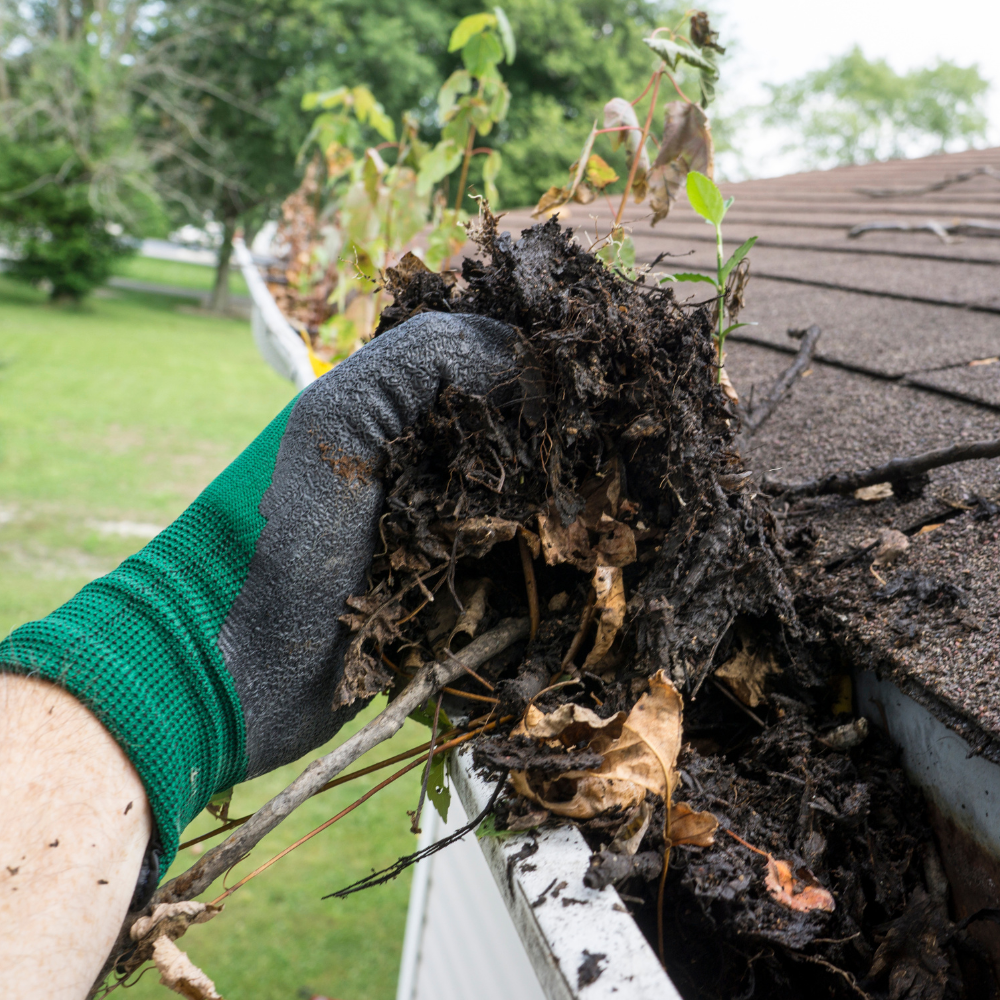

 Rating
Rating
Professional
Pressure Washing
Unlock the potential of your property.
From pristine exteriors to protected surfaces, we've got you covered. Request a quote today and let us transform your home into a place of pride and lasting value. Your satisfaction is guaranteed!
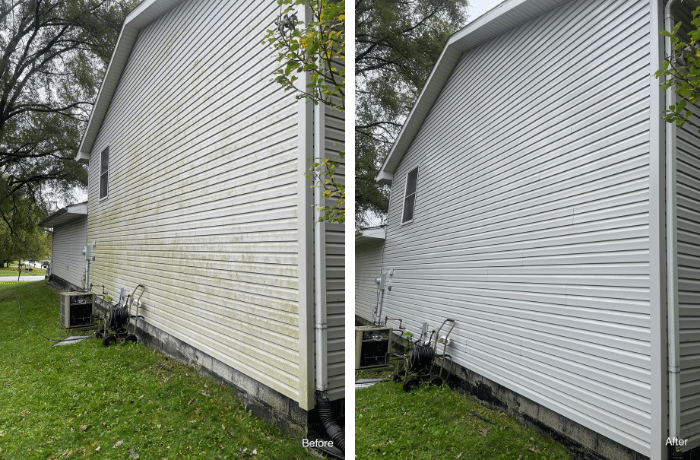
Slide title
Write your caption hereButton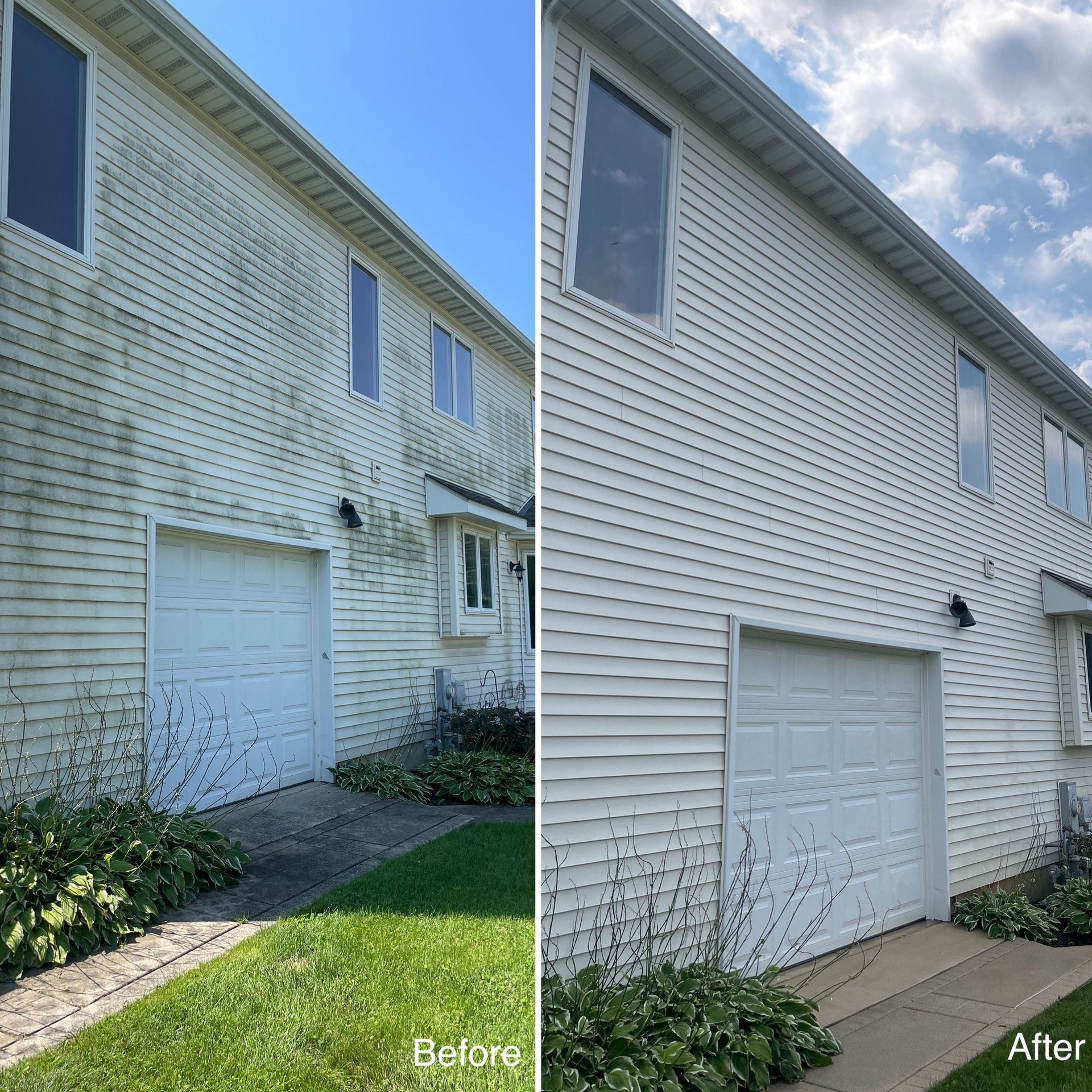
Slide title
Write your caption hereButton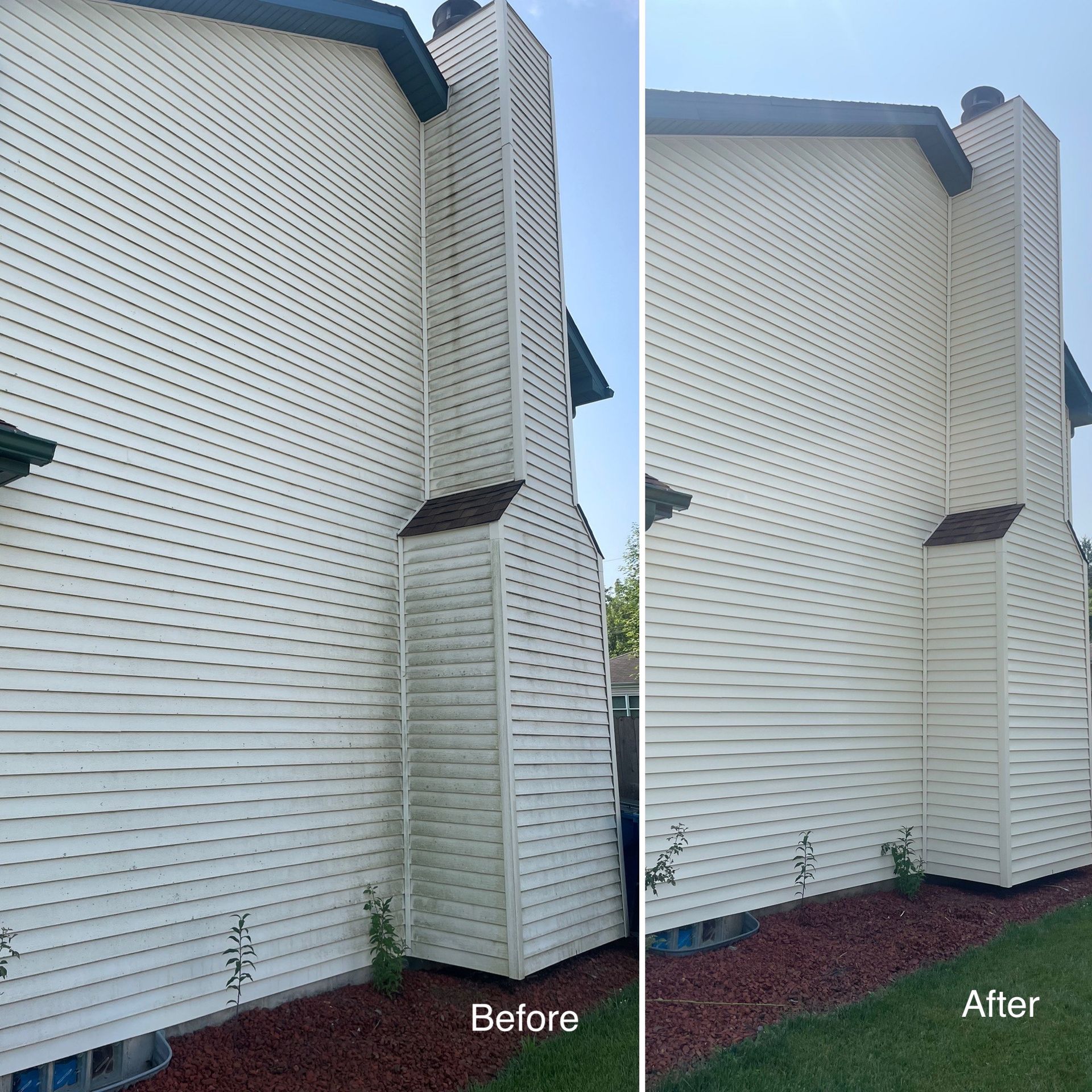
Slide title
Write your caption hereButton
Slide title
Write your caption hereButton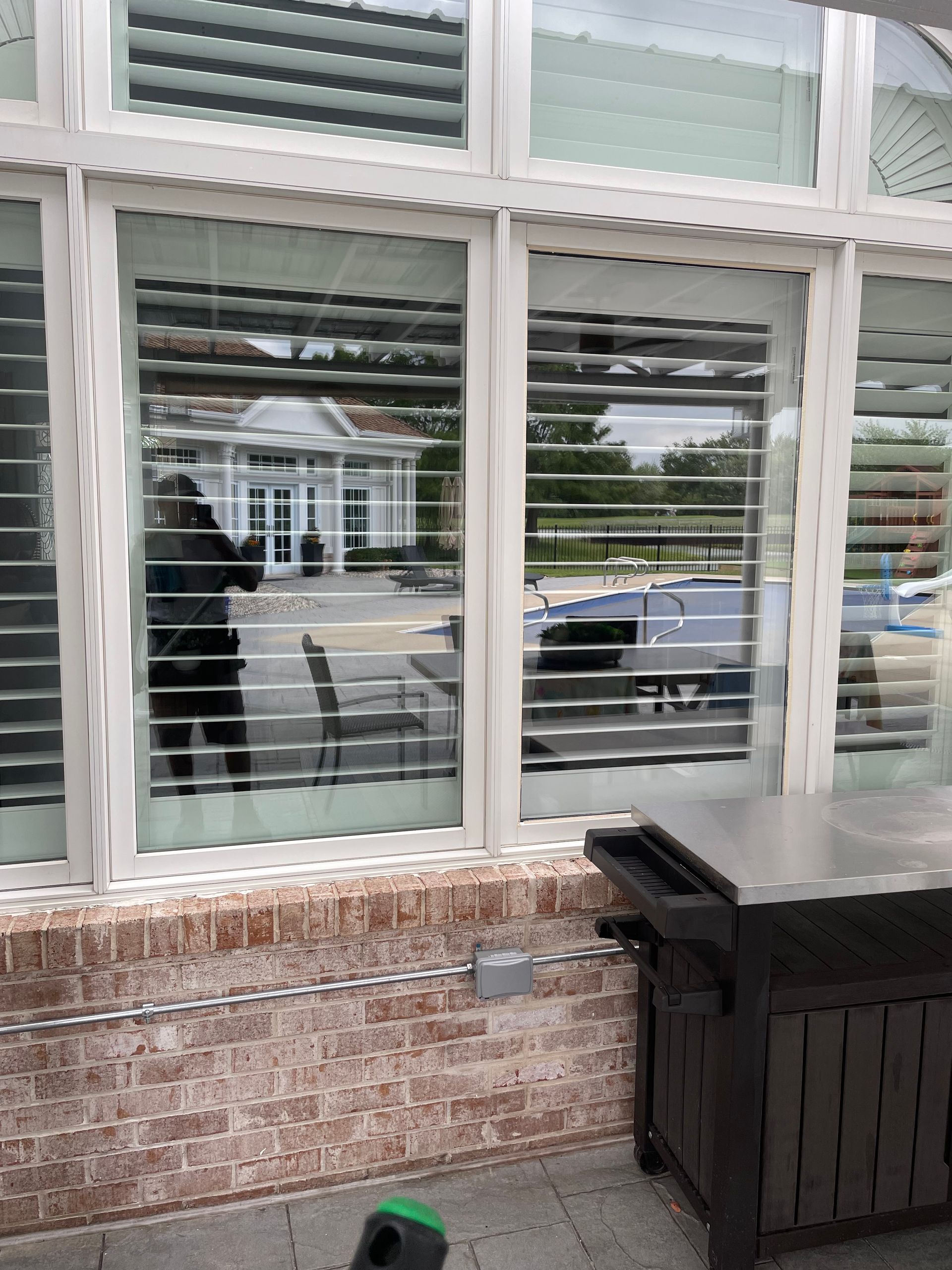
Slide title
Write your caption hereButton
Slide title
Write your caption hereButton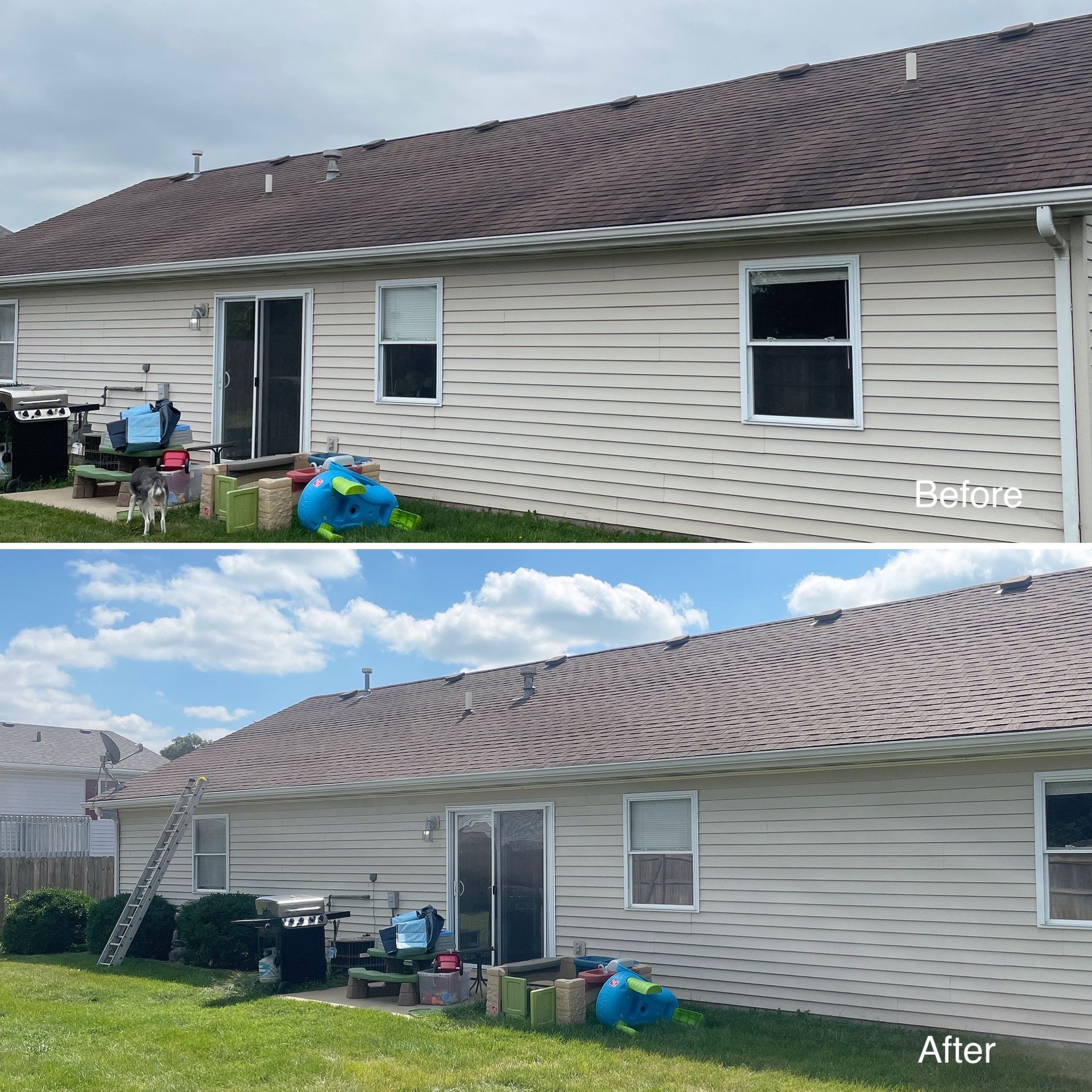
Slide title
Write your caption hereButton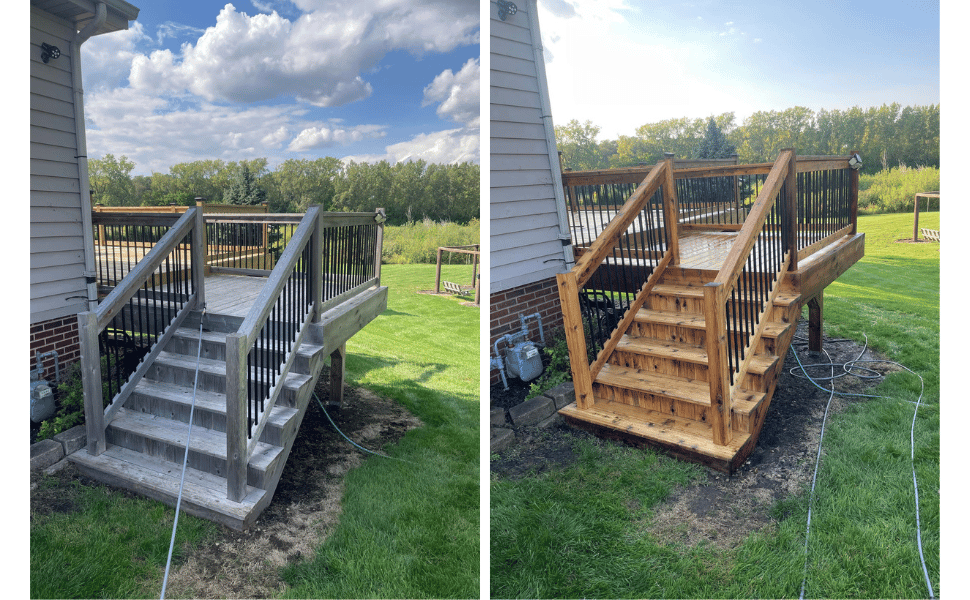
Slide title
Write your caption hereButton
Service Area:
Beecher, IL
Cedar Lake, IN
Frankfort, IL
Gary, IN
Griffith, IN
Hebron, IN
Highland, IN
Hobart, IN
Lake Station, IN
Manteno, IL
Matteson, IL
Merrillville, IN
Orland Park, IL
South Hammond, IL
Tinley Park, IL
Willow Creek, IN
All Rights Reserved | No Scrubs Pressure Washing
Webmaster: Rich Marketing Resources
